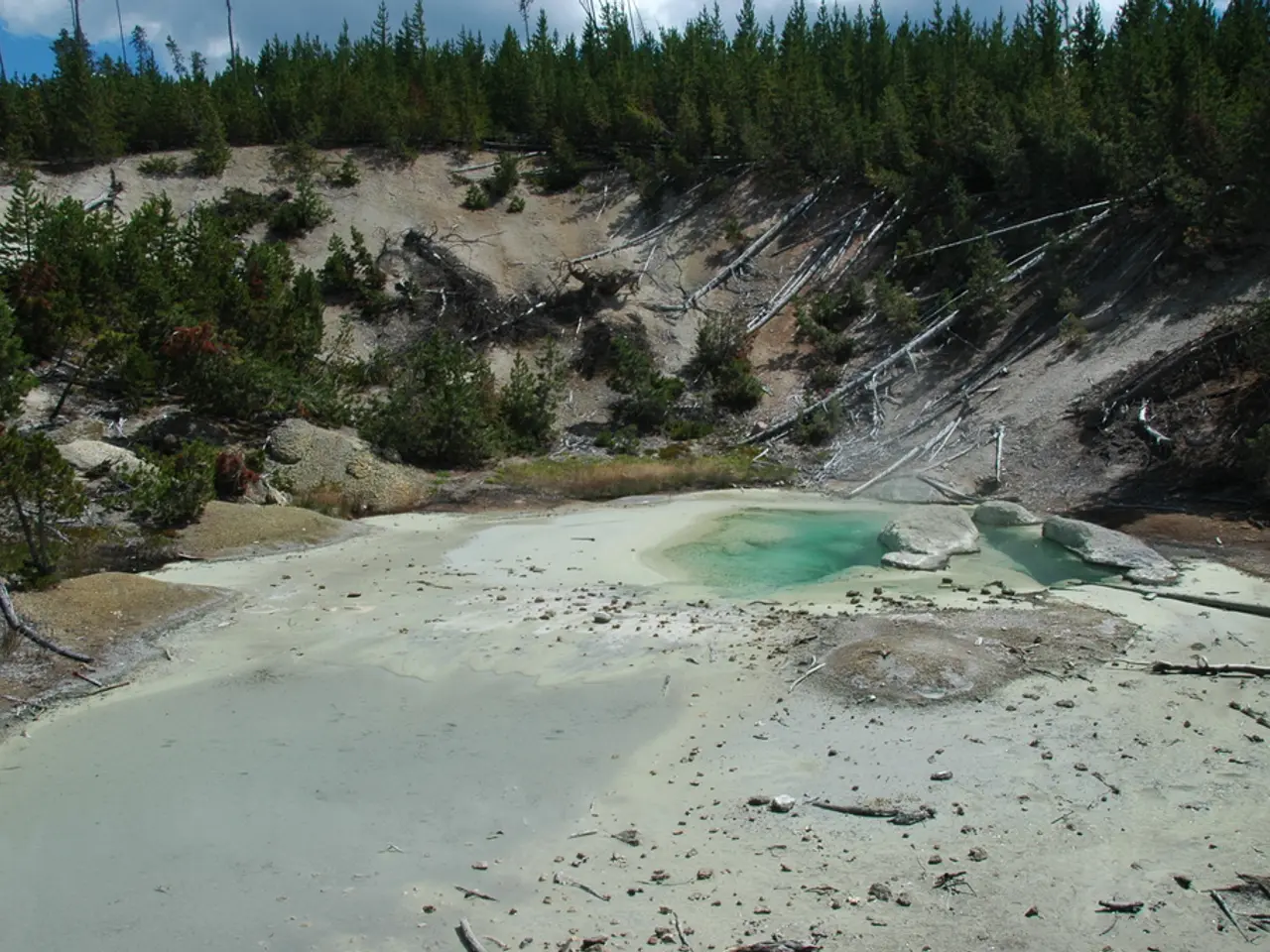EPA to Reevaluate PFAS Limits, Extends Compliance Deadlines Amidst Health Concerns
The U.S. Environmental Protection Agency (EPA) has announced plans to reassess the limits for four specific PFAS chemicals and adjust the compliance deadlines for public drinking water systems. This move comes amidst ongoing concerns about the widespread presence of PFAS chemicals in drinking water and their potential health impacts.
PFAS chemicals, often referred to as 'forever chemicals' due to their persistence in the environment, have been found to contaminate drinking water sources across the country. The EPA aims to reevaluate the drinking water limits for PFHxS, PFNA, GenX, and PFBS chemicals, in addition to the previously set standards for PFOA and PFOS.
The EPA's initial drinking water standard for PFAS chemicals, introduced under the Biden administration, has faced legal challenges questioning its scientific basis. PFOA is classified as a known carcinogen, while PFOS is considered a possible carcinogen by the National Cancer Institute. Exposure to these chemicals has been linked to increased risks of certain cancers, reproductive health issues, developmental delays, and immune system problems.
To accommodate the reconsideration process, the EPA plans to extend the compliance deadlines for PFOA and PFOS limits from 2029 to 2031 for public drinking water systems. This extension will provide these systems more time to adapt to the potential changes in standards.
The EPA's decision to reevaluate PFAS chemical limits and extend compliance deadlines is a significant step in addressing the ongoing PFAS contamination issue. However, experts argue that rescinding or weakening these limits may potentially violate the Safe Drinking Water Act, highlighting the need for careful consideration and thorough scientific review in this process.







